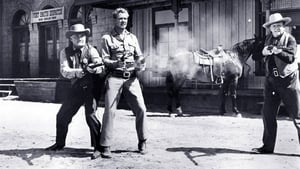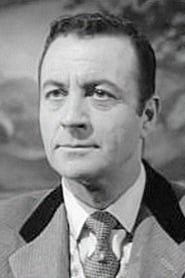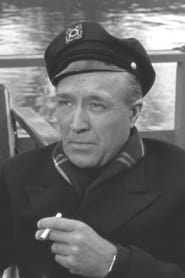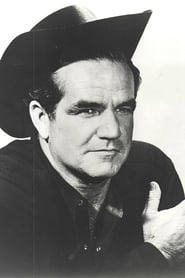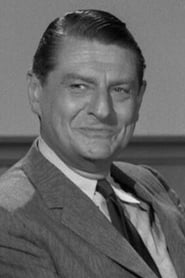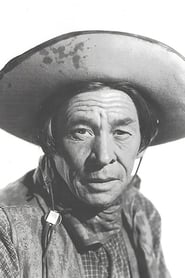Cast
View AllBill Williams
as Temple Houston
Gloria Talbott
as Ruth Red Hawk
Ted de Corsia
as Chief Buffalo Horn
Grant Richards
as Bigelow
Walter Sande
as Marshal Pete Rosslyn
X Brands
as Running Cloud
Grandon Rhodes
as George Blackwell
John Cliff
as Larkin
Thomas Browne Henry
as Judge Isaac Parker
Charles Stevens
as Tom Badger
Walter Baldwin
as Ward Harlan
Crew
Director
- Edward L. Cahn
Writer
- Orville H. Hampton
Producer
- Robert E. Kent
Reviews
John Chard
Houston We Have A Temple!
Oklahoma Territory is directed by Edward L. Cahn and written by Orville H. Hampton. It stars Bill Williams, Gloria Talbott, Ted de Corsia and Grant Richards. Music is by Albert Glasser and cinematography by Walter Strenge.
Temple Houston was a most interesting real life character, one who is very much worth reading up on. This picture is not based on any real facts, but the essence of the real man is very much evident. Clocking in at under 70 minutes, Cahn's movie is devoid of pointless filler and extraneous wastage.
The story is intelligent as it tells of the persecution of a Cherokee Chief because shifty factions are operating behind the scenes for their own ends. The legal aspects are intriguing as well, as Houston -as the DA for the territory - has to first prosecute Buffalo Horn for murder, only to then be forced into being his defence council - with not exactly legal methods wonderfully brought into play.
In truth it's all a bit fanciful and nutty, but consider the low budget and you find a smart screenplay surrounded by a nice looking film (Calif locales), with the wily Cahn keeping it all together rather handsomely. 6.5/10
Jul 20, 2019
Thematic Analysis
This high-octane Action film balances spectacular sequences with character-driven moments. Unlike many films in the genre, Oklahoma Territory distinguishes itself through a unique visual style and creative action choreography.
Director Edward L. Cahn brings their distinctive visual style to this film, continuing their exploration of themes seen in their previous works while adding new elements. Their approach to pacing and visual storytelling creates a viewing experience that rewards close attention.
Released in 1960, the film exists within a cultural context that now offers viewers historical perspective on the social issues of that era. Its reception demonstrates the diverse reactions to its artistic choices and its place in cinema history.
Did You Know?
- The production of Oklahoma Territory took approximately 12 months from pre-production to final cut.
- The final cut of the film runs for 67 minutes, though the director's initial assembly was reportedly 97 minutes long.
- Some visual effects sequences took up to 9 months to complete.
- The screenplay went through 11 major revisions before the final shooting script was approved.
- The costume department created over 411 unique costume pieces for the production.
Historical Context
- In 1960, when this film was released:
- The space race between the USSR and USA was at its height.
- The Vietnam War was becoming increasingly controversial.
- The film industry was dominated by major studios, with independent cinema still in its early development.
How This Film Stands Out
While Oklahoma Territory shares thematic elements with other films in its genre, it distinguishes itself through its unique approach to storytelling, visual style, and character development.
Unlike Silverado, which takes a more conventional approach to its subject matter, Oklahoma Territory offers a fresh perspective through its innovative visual language and narrative structure.
While films like Twister and Bill Tilghman and the Outlaws explore similar territory, Oklahoma Territory stands apart through its deeper exploration of its central themes and more complex characterization.
This film's unique contribution to cinema lies in its bold artistic choices and willingness to challenge viewer expectations, making it a valuable addition to its genre.
Details
- Release Date: March 1, 1960
- Runtime: 1h 7m
Where to Watch

